Principles of Powder Metallurgy
Abstract
Powder metallurgy is a highly evolved method of manufacturing reliable net shaped components by blending elemental or pre-alloyed powders together, compacting this blend in die, and sintering or heating the pressed part in controlled furnace atmosphere to bond the particles.
The processes of powder metallurgy include blending and mixing, pressing, and sintering.
Introduction
Powder metallurgy (P/M) takes a metal powder with specific attributes of size, shape, and packing, and then converts it into a strong, precise, high performance shape. Key steps include the shaping or compaction of the powder and the subsequent thermal bonding of the particles by sintering. The process effectively uses automated operations with low relative energy consumption, high material utilization, and low capital costs. An important benefit of P/M is the ability to fabricate high quality, complex parts to close tolerances in an economical manner.
These characteristics make P/M well aligned with current concerns about productivity, energy, and raw materials. Consequently, the field is experiencing growth and replacing some traditional metal-forming operations. Further, powder metallurgy is a flexible manufacturing process capable of delivering a wide range of new materials, microstructures, and properties. That creates several unique niche applications for P/M such as wear resistant composites.
Applications
The applications of P/M are quite extensive. Metal powders are being used in the fabrication of tungsten lamp filaments, dental restorations, oil-less bearings, automotive transmission gears, armor piercing projectiles, electrical contacts, nuclear power fuel elements, orthopedic implants, business machines, high-temperature filters, aircraft brake pads, rechargeable batteries, and jet engine components.
Furthermore, metal powders are used in a variety of products such as paint pigments, porous concretes, printed circuit boards, enriched flour, explosives, welding electrodes, rocket fuels, printing inks, brazing compounds, and catalysts.
Worldwide market share for P/M parts are given in the following pie chart. Automotive industry is leading with nearly 70% share. American cars contain more than 16 kg of P/M parts on average, while European cars have 7 kg and Japanese cars 5 kg of P/M parts.
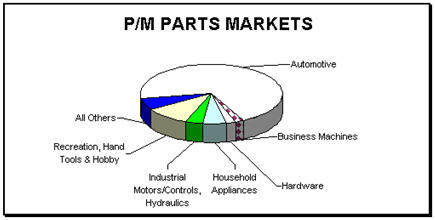
Figure 1: P/M parts markets
Powder metallurgy process provides the lowest cost compared to investment casting, sand casting and metal injection molding (MIM) if it can meet the design needs on precision tolerance, strength and material selections.
Powder metallurgy is a highly evolved method of manufacturing reliable net shaped components by blending elemental or pre-alloyed powders together, compacting this blend in die, and sintering or heating the pressed part in controlled furnace atmosphere to bond the particles metallurgically.
P/M technology processes provide several advantages:
- Applicability to all classes of materials
- Relatively low processing temperatures
- Attainment of highly homogeneous and uniform microstructures
- Ability to create composites, mixed phases, and nonequilibrium metastable and microcrystalline structures
- Production of precision parts with close tolerances
- High-volume production rates, because the process is amenable to automation
- Absence of finishing operations like machining and grinding
- Efficient use of materials resources (no scrap).
The Processes of Powder Metallurgy
The processes of powder metallurgy include blending and mixing, pressing, and sintering.
Blending and mixing are carried out to achieve uniformity of the product manufactured. Distribution of properly sized particles is attained by mixing elementary powder with alloy powders to obtain a homogeneous mixture. Lubricants are also mixed with powders to minimize the wear of dies and reduce friction between the surfaces of dies and the particles of powder during compaction. Mixing time depends upon the results desired, and overmixing should be prevented, or otherwise the size of particles will be decreased, and they will be hardened.
Pressing: The cavity of the die is filled with a specified quantity of blended powder, necessary pressure is applied, and then the compacted part is ejected. Pressing is performed at room temperature; the pressure depends upon the material, properties of the powder used, and the density required of the compaction. Friction between the powder and the wall of the die opposes the pressure applied; the pressure decreases with depth and causes uneven density in the compact. Thus the ratio of length and diameter is kept low to prevent substantial variations in density.
Sintering: Changes occur during sintering, including changes in size, configuration, and the nature of pores. Commonly used atmospheres for sintering are hydrogen, carbon monoxide, and ammonia. Sintering operation ensures that powder particles are bonded strongly and that better alloying is achieved.
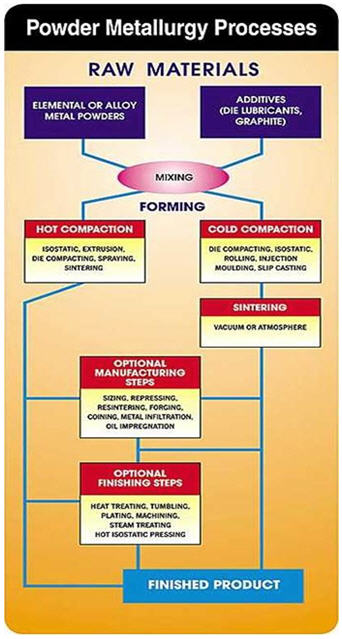
Figure 2: Process route of powder metallurgy
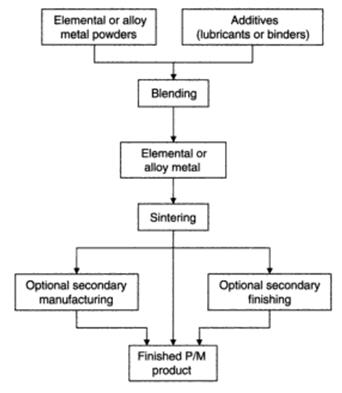
Figure 3: Simplified flowchart of the press and sinter process
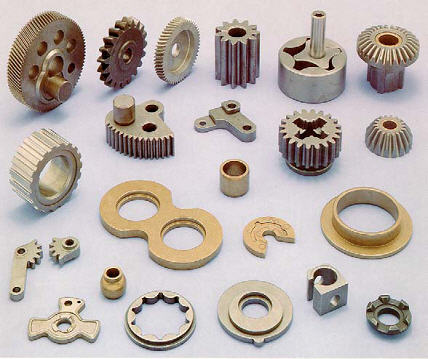
Figure 4: Typical parts obtained by the powder metallurgy such as small gears, metallic bushings, bolts, filters and a infinity of other applications
Trova all'istante composizioni precise dei materiali!
Total Materia Horizon contiene le composizioni chimiche di centinaia di migliaia di materiali e sostanze, oltre alle loro proprietà meccaniche e fisiche e molto altro.
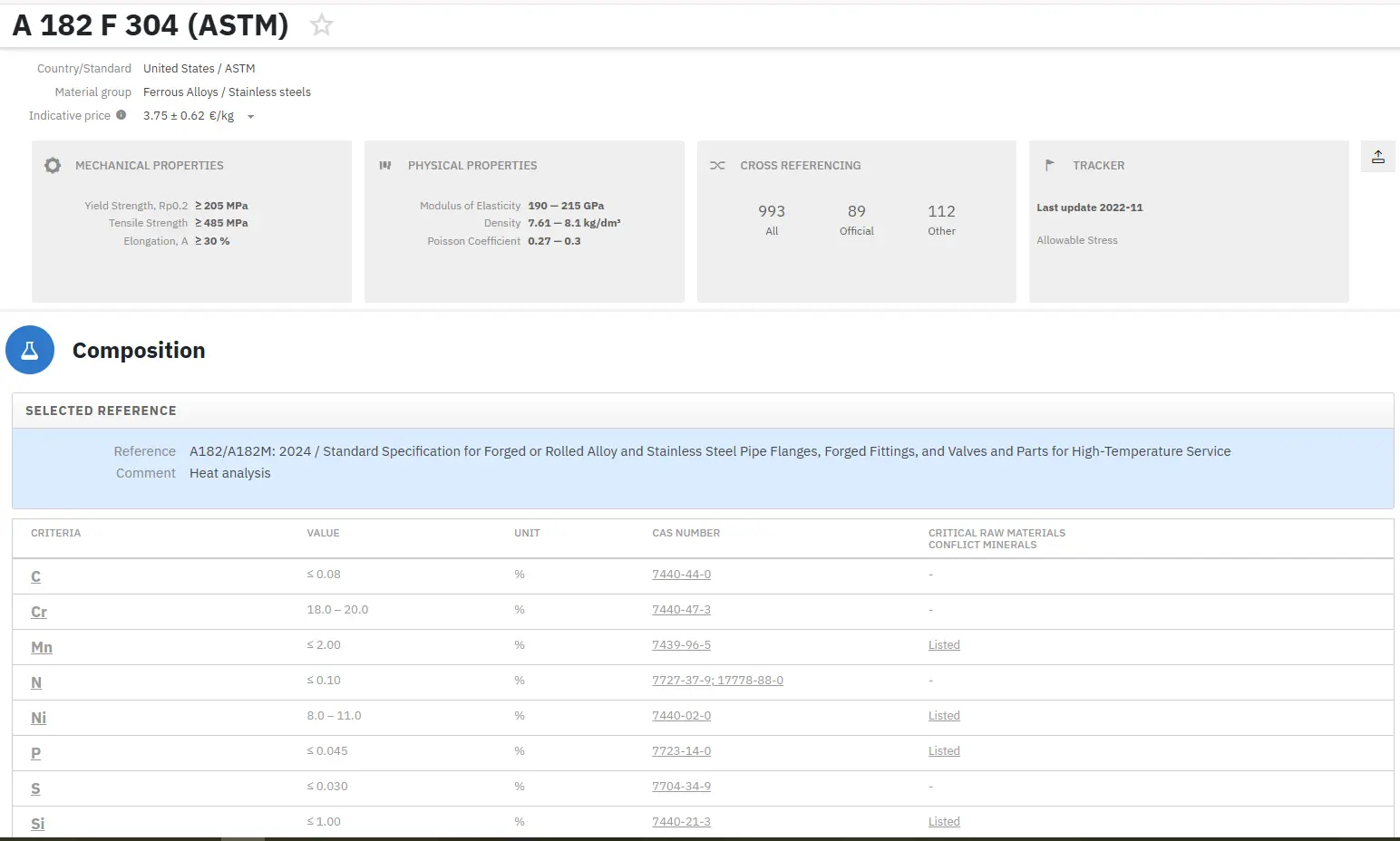
Ottieni un account di prova GRATUITO su Total Materia Horizon e unisciti a una comunità di oltre 500.000 utenti provenienti da più di 120 paesi.